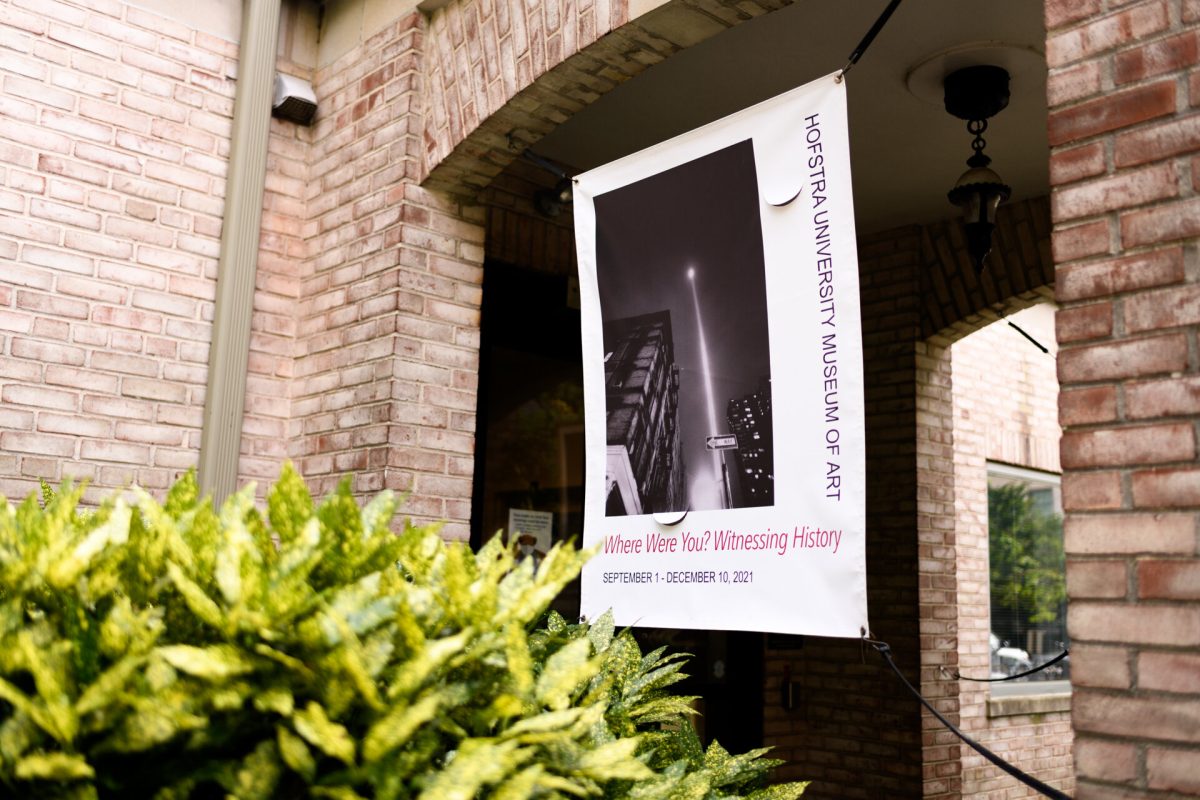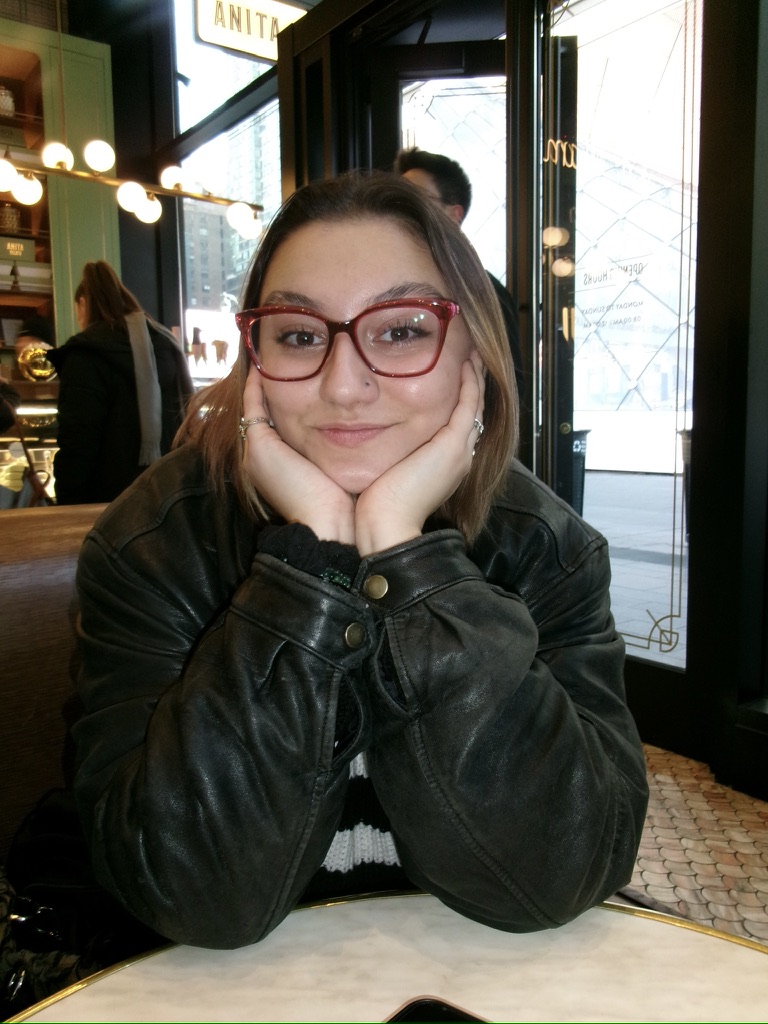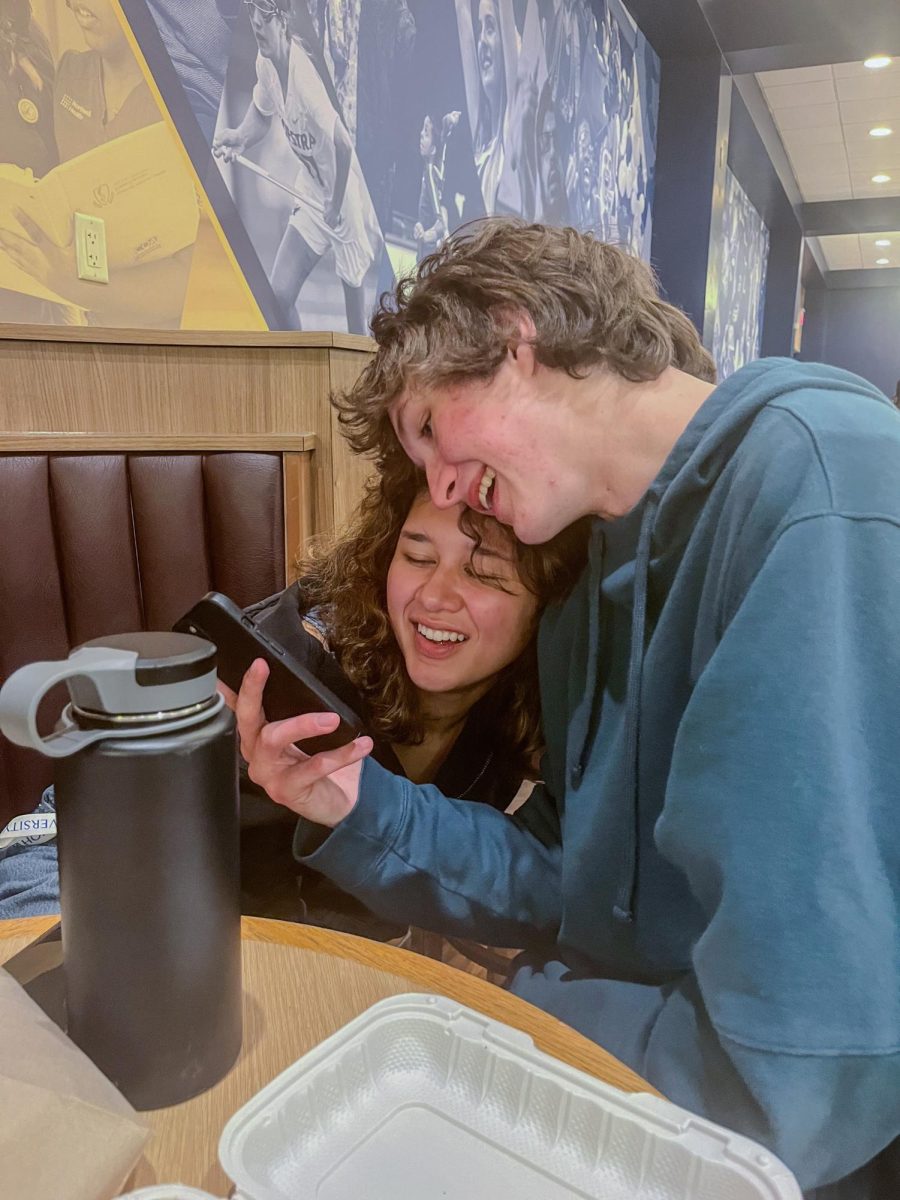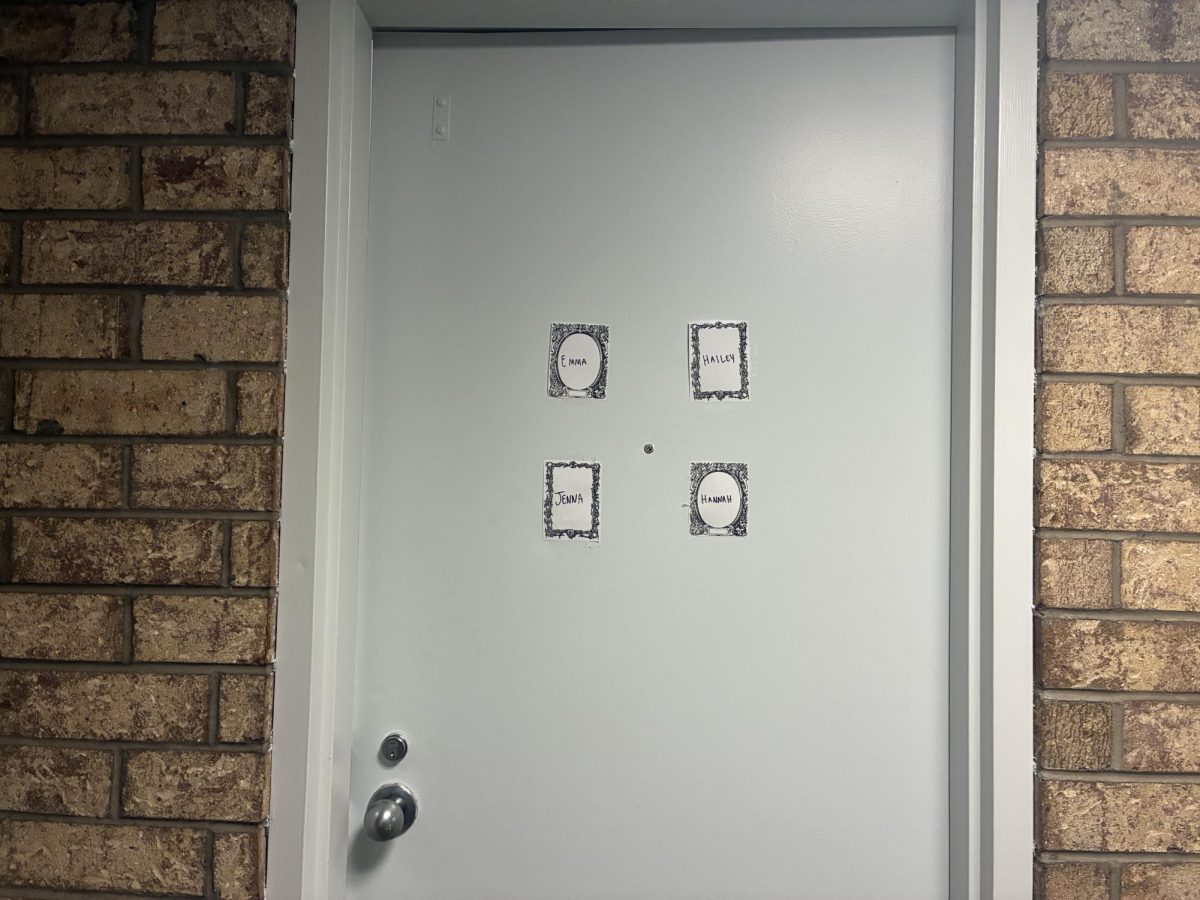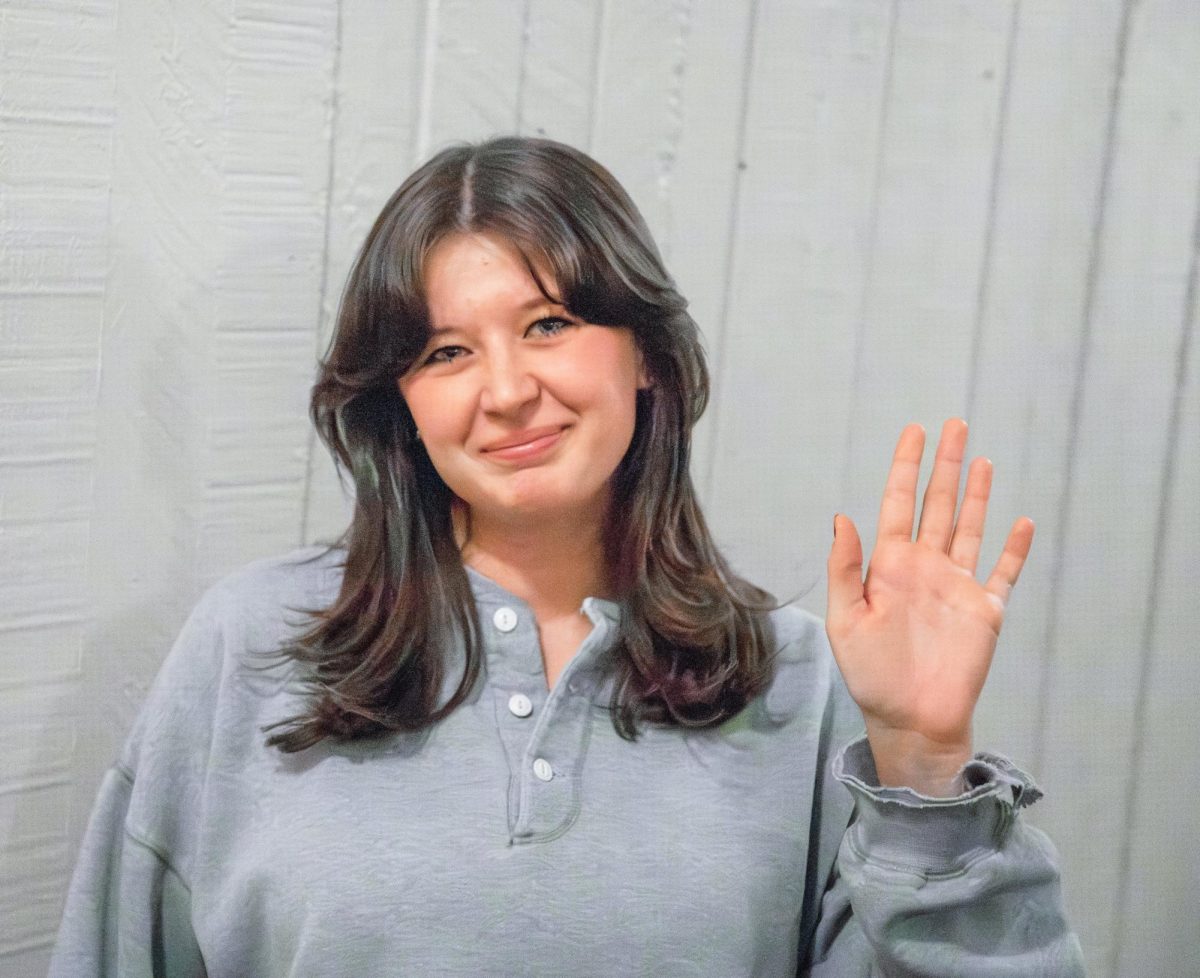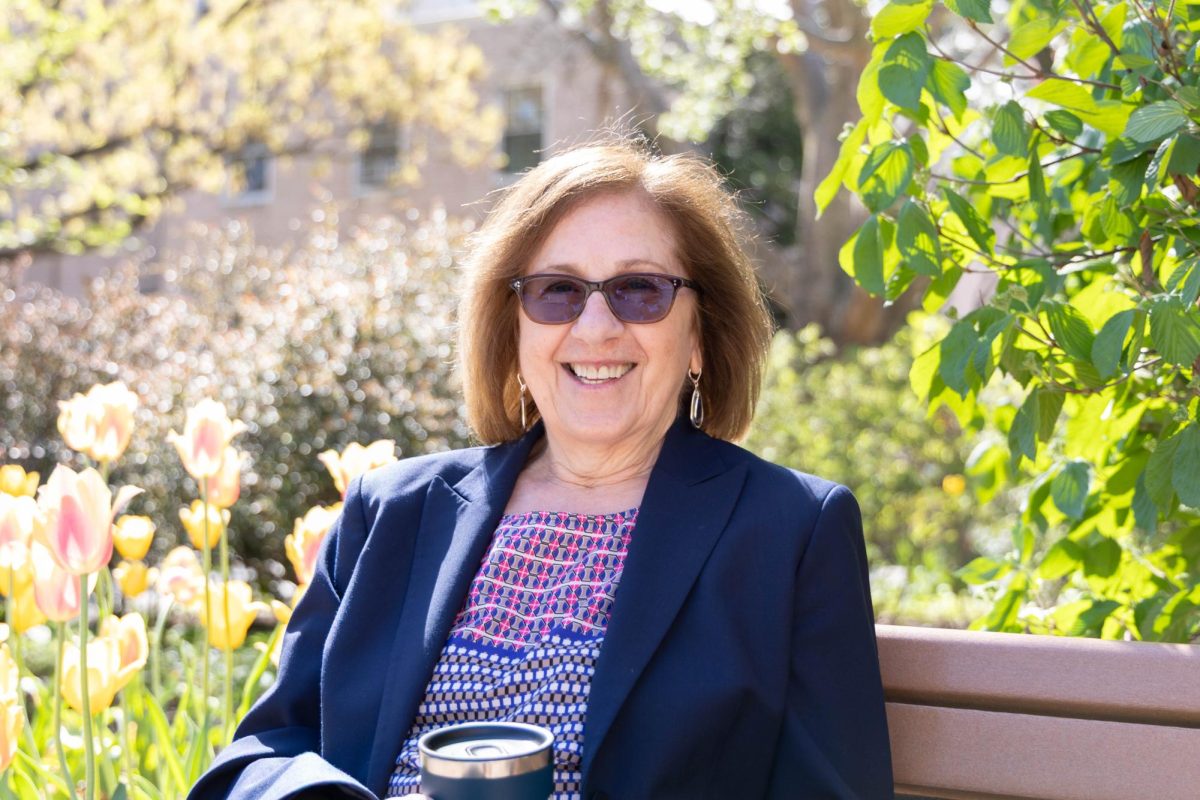Jacob Lewis\The Hofstra Chronicle
Imagining an art gallery without exhibits or visitors is almost impossible. This was the reality for the Hofstra University Museum of Art when it closed for over a year due to the COVID-19 pandemic.
Founded in 1963, the Hofstra University Museum of Art is nationally recognized by the American Alliance of Museums. Its collection boasts over 5,000 works, including some pieces that were donated to the University before the museum’s founding. American and European art are most prominent in the collection; however, the museum also maintains several items from Asia, Africa and South and Central America.
After university activities were suspended in March 2020, the museum faced an unprecedented challenge of continuing art-related events without anyone being able to interact with the art in person. The abrupt change to online learning cost the museum a large portion of their usual programming guests.
In the end, museum staff successfully adapted to the online format and hosted discussions, tours and movie screenings with remote audiences.
Even after reopening this fall, Albert plans on continuing some virtual programming, including Second Fridays, which highlight various pieces from the museum’s permanent collection. Past Second Friday features included prints by Andy Warhol and a collaboration with Veronica Lippencott, Director of Africana Studies at Hofstra.
More than a year after the pandemic shut down normal campus operations, the museum’s new exhibits serve as another reminder of the impact of COVID-19.
This year’s current events helped inspire the theme for the museum’s main exhibit – one which was not originally part of the museum’s planning. “Where Were You? Witnessing History,” located in the Emily Lowe Gallery, features artwork from a range of tumultuous eras in history. Most notably, the exhibit features artifacts and art from Sept. 11, 2001.
“Knowing that we were going to open this fall and knowing that it was the 20th anniversary of 9/11, the exhibit that we had originally planned was not going to be happening. So that kind of became the focus,” Albert said. “Thinking about 9/11 led to the thought about, well, how do we remember and memorialize some of these world changing events? What do we do to do that? Part of it is, there’s almost always an artistic response to these events.”
Particularly striking pieces in “Where Were You? Witnessing History” include three Faith Ringgold quilts, which she created in partnership with New York City children post-9/11. The quilts display art and commentary from the children addressing the question of, “What would you do for peace?”
Jacob Lewis\The Hofstra Chronicle
The artwork at the Hofstra University Museum of Art includes various pieces, including three Faith Ringgold quilts, which she created in partnership with New York City children post-9/11.
Among some of the other works featured in the exhibit are pieces based around World War II, the Birmingham race riots and Hurricane Sandy.
“Nevertheless, She Persisted,” the museum’s second exhibit of the semester, carries reminders of the long journey it had to make it to the David Filderman Gallery. Publications informing visitors of the art come accompanied by an insert that corrects the dates originally printed on the page: March 31-August 14, 2020.
The exhibit was intended to be showcased in 2020, to pay tribute to the 100-year anniversary of the 19th Amendment’s ratification. Other art, by women such as Bernice Abbott and Frances Flora Bond Palmer, acknowledges the long road to women’s suffrage in the U.S.
Now that the galleries are open, art enthusiasts can expect even more programming in the future. The museum plans on participating in the Center for Civic Engagement’s Day of Dialogue while also maintaining some of its virtual programming from the past year and a half. For those who can come to campus, Albert recommends visiting the exhibits in person.
“We are used to seeing images flipping through them on our phone or whatever. There’s a certain value to kind of slowing down and looking at something in reality. As much as we did do a lot of digital programming, we will still do digital programming or virtual programming and digital images, it’s not the same as seeing something in real life. You totally lose the sense of scale, the size comparisons. you lose the texture of the paint on the canvas.”
“Where Were You? Witnessing History” can be found in Emily Lowe Hall, while “Nevertheless, She Persisted” is located in the David Filderman Gallery on the ninth floor of the Joan and Donald E. Axinn Library. More information about the museum can be found at https://www.hofstra.edu/museum/.

